Chinese tourists traveling to South Korea by sea tend to stay shorter and spend more "frugally" than those arriving by air.

According to data released by the Korean tourism industry on August 13, amid the increasing number of Chinese tourists coming to the Land of Kimchi, the proportion of tourists arriving by ferry or cruise ship has increased significantly.
However, visitors traveling by this means often stay less time and spend more "frugally" than visitors arriving by air.
According to statistics from the Korean tourism industry, of the total number of Chinese tourists arriving in the country, the number of visitors entering through seaports such as Incheon, Busan and Jeju port increased sharply from 169 in July 2023 to 30,798 in December 2023.
In March and April 2024, this number increased to 98,928 and 100,763 respectively, then decreased slightly to 80,663 and 70,531 in May and June.
According to data from Yanoljari Research, an independent research institute in the tourism industry, the average spending per foreign tourist in Korea from January to April this year was only $1,063, 18% lower than the $1,286 in 2019 before the COVID-19 pandemic and 43% lower than the $1,858 in 2023.
Chinese tourists stayed in South Korea for an average of 13.7 days in the first quarter of 2023.
In the same period in 2024, the average length of stay decreased to 6.5 days.
Analysts say China's slowing domestic demand is causing tourists to tighten their spending, including when traveling to South Korea.
According to Dr. Park Seung-chan, a China researcher at Yongin Private University, as job and economic instability increase, Chinese people tend not to spend as much money as before.
In addition, their travel habits have also changed from joining large group tours and spending money at duty-free shops to individual travel and shopping at convenience stores through mobile phone applications.
Therefore, although the number of Chinese tourists to Korea has increased, it is not enough to stimulate consumption in Korea again.
South Korea is in a prolonged consumer recession.
According to the National Bureau of Statistics’ “Industrial Activity Trends in June” report, retail sales in the second quarter of this year fell 2.9 percent year-on-year. This is the ninth consecutive quarter of decline in retail sales and the largest quarterly decline since the 4.5 percent decline in the first quarter of 2009.
Services sector output - a measure of the sector's revenue - rose 1.6%, but this was the slowest growth rate in 39 months since the 0.7% increase recorded in the first quarter of 2021.
The Korea Development Institute (KDI) recently forecasted gross domestic product (GDP) growth this year at 2.5 percent, down 0.1 percent from its previous forecast. This is due to a decline in personal consumption after the Bank of Korea (BoK) postponed its interest rate cut./.
Source: https://baolangson.vn/han-quoc-ngich-ly-du-khach-trung-quoc-qua-duong-bien-tang-nhung-chi-tieu-giam-5018271.html
















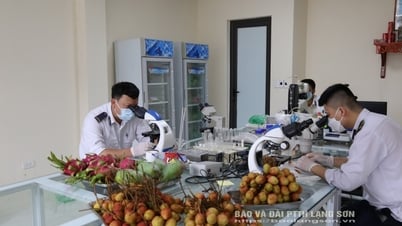

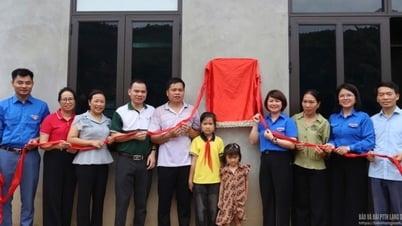









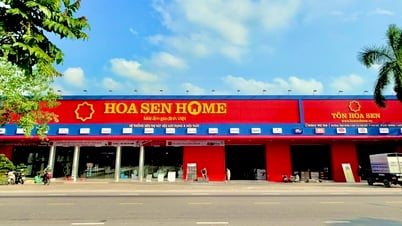












































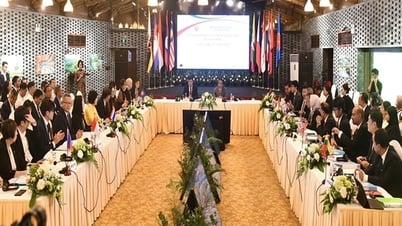
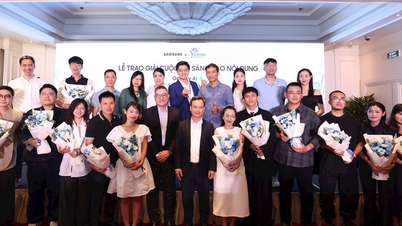
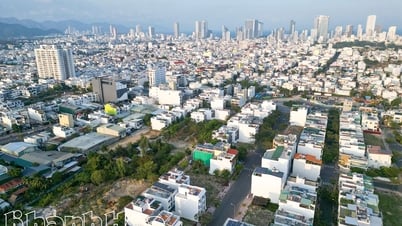







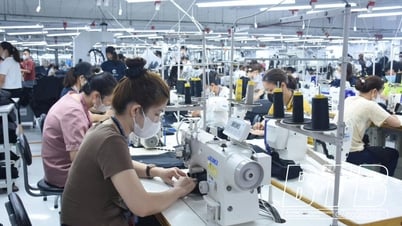

















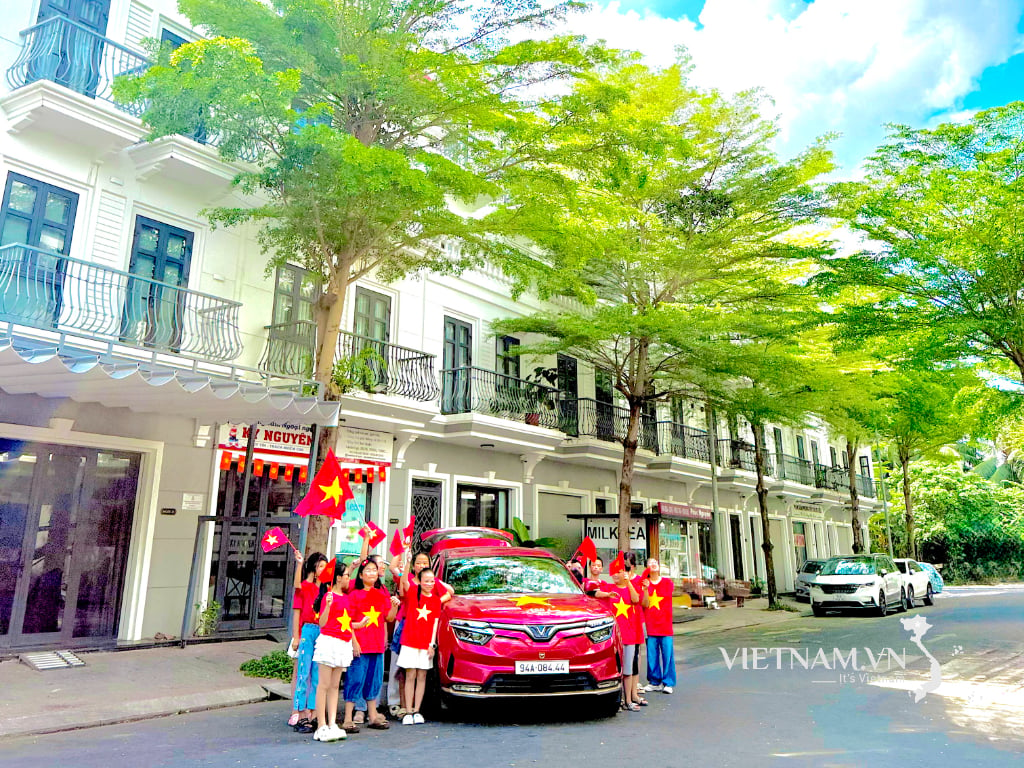

Comment (0)